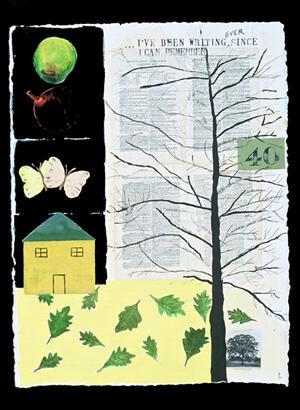Achievement: Building a Working Life
Many in this generation of Jewish women take enormous satisfaction in their roles as working women in the professional and volunteer sectors. Some worked out of necessity as dedicated employees, saleswomen, and teachers, often earning a loyal following among generations of Baltimoreans. In the face of family pressures, favoritism for sons, and economic hardship, what enabled these women to pursue higher education or other professional training? As pioneers in the work force, they opened new doors for women in medicine, law, and politics. As dedicated and professional volunteers, their stories describe how they built lives of commitment and purpose that helped to transform their communities and the world.
My interest in women, especially Jewish women, has been an ongoing aspect of my work for more than a decade: women, gender and memory; women in art; fighting for the vote and for immigration rights. Now I've had this incredible opportunity to meet women of Baltimore through their narratives and life work.
I marveled at the modesty they have about their accomplishments. There is a pragmatic acceptance of how life is lived, good fortune and hardships notwithstanding. The most compelling aspect of the women from the JWA project is the completeness of their lives. By this I mean how each woman created a full life that included education, family, Judaism, friends, travel and work.
Working with the women's narratives, reading them three and four times and referring to them as I worked, made me feel as if I knew them-as if they were becoming my family. The connection was about being Jewish, sharing history, similarities. Stories became familiar from reading and re-reading. As I interpreted their words for my work, I chose what is important to me and what I think was important to them and to the work that they did in life. Blending the longevity of each of the women's lives and careers with her childhood memories increased the richness of the images. I chose mixed-media because it best represents the complexity of the women's lives, a kind of potpourri. This process made my work more meaningful. By the end, I felt as if I had written a love letter to each of these women. I hope that they feel that when they look at themselves. I also realized that each piece is different, another indication of how unique each woman is. Having gone from the conceptual to the complete opposite, the personal, they are part of my life now. It has been a pleasure to get to know and to honor these women. The only thing that could have added to the experience was meeting them in person.



